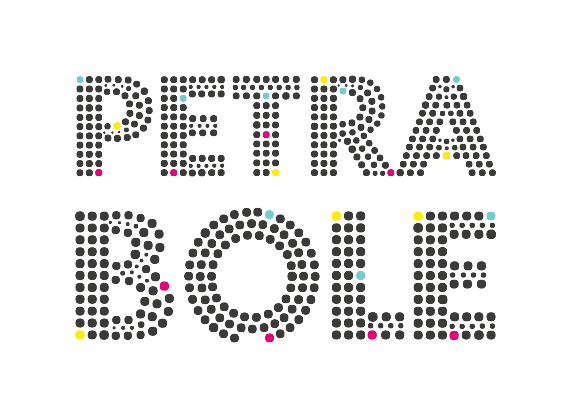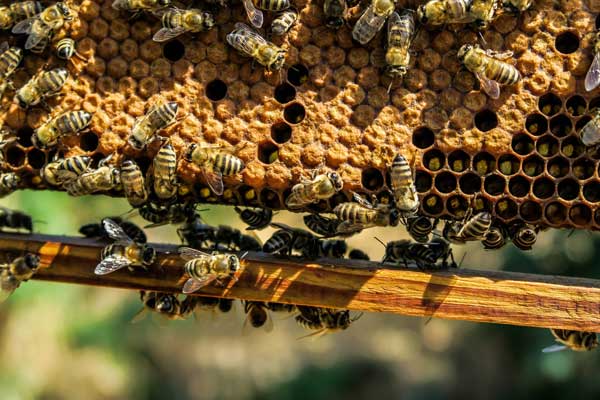Introduction
 “The wishes of all Slovenian beekeepers, particularly those in the Gorenjska region, were finally realised on the establishment of the Museum of Apiculture”. This was an entry written in the publication ‘Čebelarski muzej v Radovljica’ (The Museum of Apiculture in Radovljica) 60 years ago on the occasion of the ceremonial opening of the museum, though its history dates back substantially further. At a meeting in 1925, the then editor of the magazine ‘Slovenski čebelar’ (Slovenian Beekeeper), August Bukovec, suggested the establishment of the museum and a year later the decision was finalised. The active gathering of beekeeping-related objects for the museum began, especially beehive frontal panels, as well as the search for suitable premises for the museum. The collection of objects gathered for the museum was moved from the premises at the road formerly known as Tyrševa cesta (now Slovenska cesta), and was housed in the attic of a building in the road Miklošičeva cesta in Ljubljana, and later, in 1959, the museum moved to the Radovljica Manor, where it still remains today.
“The wishes of all Slovenian beekeepers, particularly those in the Gorenjska region, were finally realised on the establishment of the Museum of Apiculture”. This was an entry written in the publication ‘Čebelarski muzej v Radovljica’ (The Museum of Apiculture in Radovljica) 60 years ago on the occasion of the ceremonial opening of the museum, though its history dates back substantially further. At a meeting in 1925, the then editor of the magazine ‘Slovenski čebelar’ (Slovenian Beekeeper), August Bukovec, suggested the establishment of the museum and a year later the decision was finalised. The active gathering of beekeeping-related objects for the museum began, especially beehive frontal panels, as well as the search for suitable premises for the museum. The collection of objects gathered for the museum was moved from the premises at the road formerly known as Tyrševa cesta (now Slovenska cesta), and was housed in the attic of a building in the road Miklošičeva cesta in Ljubljana, and later, in 1959, the museum moved to the Radovljica Manor, where it still remains today.
The museum was modernised and additions were made to the permanent exhibition in 1973 on the 200th anniversary of the death of Anton Janša. At that time the museum acquired two new exhibition areas and supplemented and renovated the permanent exhibition. Promotion of the museum began abroad in 1977 in Freiburg through an international symposium about the Museum of Apiculture and the history of beekeeping. A travelling exhibition of beehive frontal panels, which from 1978 toured Slovenia as well as further afield, also added to the recognition of the museum. The museum has been home to a family of bees since 1977, when a hive with live bees was set up. A renovated and supplemented permanent exhibition with an emphasis on indigenous breeds of bee, beehive frontal panels, important beekeepers and written texts about beekeeping was opened in 2000.
If 60 years ago the question “Why a Museum of Apiculture in particular?” sprang to mind, today there are absolutely no doubts about the answer. In the historical development of Slovenian beekeeping there is so much originality, exceptionalism and specialism that it is certainly sensible for it to be preserved for future generations. And not only is it sensible, but it’s actually a matter of urgency, since such museum collections create ideas about the past and connect them with the present.
So, what are the plans for the future? The role of museums in modern society is changing. Museums are becoming increasingly inclusive and cooperative, including within the community that they are in. The core of museums still remains their collections, which, however, must become more ‘dynamic’ and interactive, as only in this way will it enable the active transfer of knowledge and create an experience for visitors. A new phase of modernisation of the Museum of Apiculture, its collection and home is ahead of us. We are already looking forward to the new look and renovated content of the museum.


